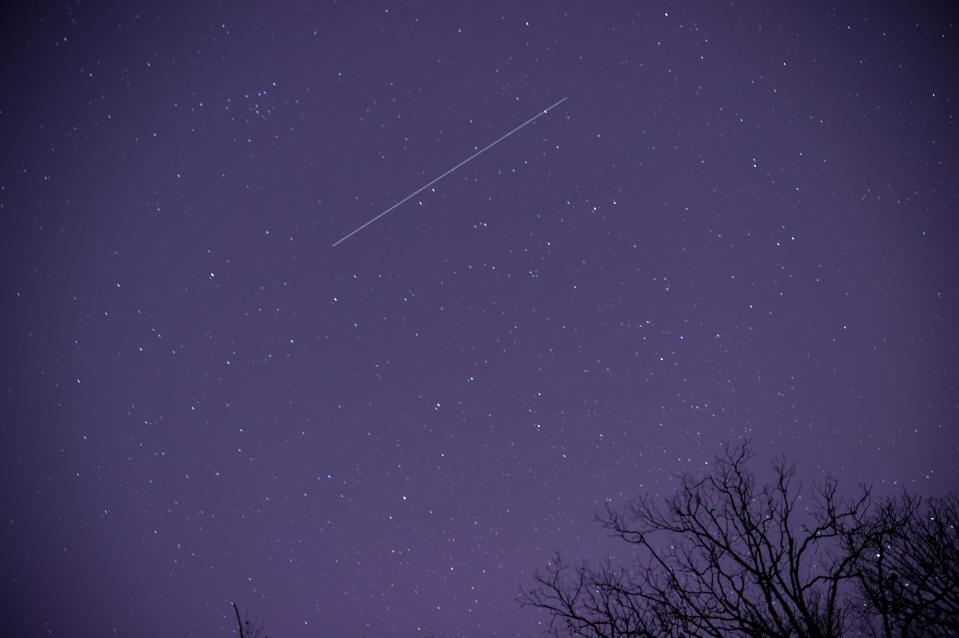The ‘Most Powerful’ Meteor Shower of the Year Is Going to Peak Tonight — With Up to 120 Shooting Stars Per Hour
Don’t sleep on this year’s Geminids Meteor Shower.

Tayfun Coskun/Getty Images
The year may be coming to a close, but the night sky has at least one more major treat in store: the Geminid meteor shower, which will peak tonight into tomorrow.
It’s tough to beat the year’s Geminids conditions. Not only is it the strongest meteor shower of the year, according to the American Meteor Society, but it also coincides with a near-to-new moon — promising jet-black skies that, weather permitting, will put on an exceptional show. Watch from a dark-sky destination, such as a national park or stargazing-friendly hotel, to see up to 120 Geminid meteors per hour during the shower’s peak.
Here’s how to make the most of these favorable night-sky conditions, including where to look, when to start stargazing, and what to know about the interstellar confetti overhead.
When to Watch the Geminid Meteor Shower
The Geminids run from Nov. 19 through Dec. 24 this year, but the shower peaks from Dec. 13-14, according to the American Meteor Society's calendar. As stargazers know, this is perfect timing. The nearly moon will be just 1 percent full. That means virtually no light obstruction from our nearest space rock. The result? A naturally dark sky that, when paired with a low-light-pollution viewing perch, could help you see over 100 soaring meteors per hour.
The shower is visible in the early night, after around 9 p.m. local time, and in the predawn hours, according to NASA. Give yourself at least 30 minutes sans flashlight or smartphone to help your eyes adjust for optimal viewing.
Where to watch the Geminids
The darker the skies, the better the Geminids sightings. Look for a viewing spot with minimal light pollution (here are some of our favorites). Additionally, aim for a locale with open views to the east and southeast horizon, such as a lake or hilltop. The meteor shower will appear near the Gemini constellation.
Expect bright, fast, and colorful meteors
There’s a reason stargazers rave about the flashy, colorful Geminids. According to Royal Museums Greenwich, the meteors can appear white, yellow, green, red, or blue (an effect caused by trace metals in the space objects; it’s similar to how fireworks get their hues). The shower’s also known for chance fireballs — exceptionally bright and fast meteors that flash across the sky.
While it’ll be tough to tear your eyes from the Geminids, take a break to look north. Another meteor shower — the Ursids — will begin on Dec. 13 near the Ursa Minor constellation, giving you the chance to close out your 2023 stargazing with two meteor showers in one night.
For more Travel & Leisure news, make sure to sign up for our newsletter!
Read the original article on Travel & Leisure.

